If your second hard disk is not detected after reboot or Windows Upgrade, the solutions provided in this article will help you. This issue can occur due to many reasons. Sometimes, the corrupt driver is responsible for this problem. Whereas, sometimes, the SATA cable is faulty. The problem may also be associated with the hard disk.
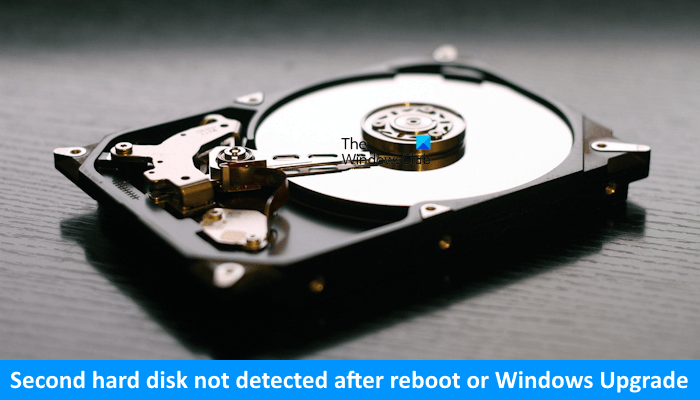
Second hard disk not detected after reboot or Windows Upgrade
Use the following fixes if the second hard drive is not detected after reboot or Windows Upgrade. Before you proceed, we recommend you check for Windows Update. If an update is available, download and install it. You can check for Windows Updates manually by opening the Windows Update page in Windows 11/10 Settings.
- Check if the second hard disk is installed correctly
- Run chkdsk scan (if possible)
- Check the status of the hard disk driver
- Change your hard disk partition table (if applicable)
- Use another SATA port and another SATA cable
- Update BIOS and chipset driver
- Your hard disk may be failing
Let’s see all these fixes in detail.
1] Check if the second hard disk is installed correctly
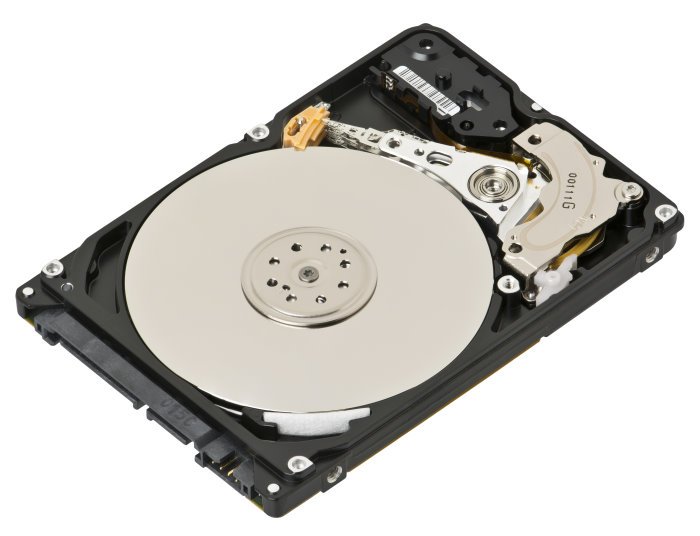
Loose connections can cause such types of problems. Make sure that your second hard disk is installed correctly. It will be better if you install your hard disk again. Proceed only if you know how to do it. Otherwise, things will become worse for you.
2] Run chkdsk scan (if possible)
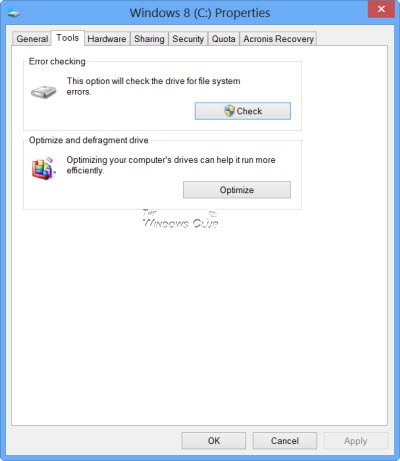
Hard disk errors can also cause this problem. We suggest you run the chkdsk scan and see if it brings any changes. To run this scan, it is important that your system detects the hard disk. Hence, restart your computer again and see if the hard disk is detected. If your computer detects the hard disk, you can run the chkdsk scan.
3] Check the status of the hard disk driver
Corrupt hard disk drivers can also be responsible for this problem. You can check the status of the hard disk driver in the Device Manager. Follow the instructions explained below:
- Open the Device Manager.
- Expand the Disk drives branch.
- See if the affected hard disk is showing a warning sign. If yes, double-click on that driver to open its Properties.
- Now, read the error message under the General tab.
If the driver is faulty, you will see any one of the Device Manager error messages. Now, troubleshoot the issue accordingly.
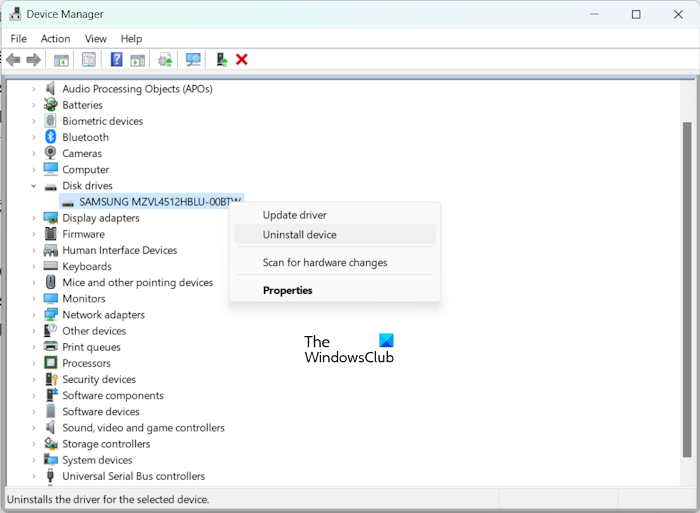
You can also try uninstalling and reinstalling the hard disk driver. For this, right-click on the hard disk driver and select Uninstall device. After uninstalling the driver, restart your computer or perform a scan for hardware changes.
4] Change your hard disk partition table (if applicable)
If your primary hard disk is of GPT partition style and the secondary hard disk is of MBR partition style, convert the partition style of your secondary hard disk. Converting a hard disk from MBR to GPT will erase all the data. Therefore, back up all your data before proceeding.
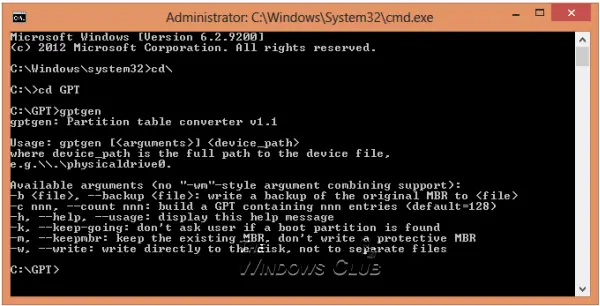
There is also a way by which you can convert an MBR hard disk into a GPT hard disk without data loss. However, taking backup is always a wise step.
5] Use another SATA port and another SATA cable
The problem might be associated with the SATA port or the SATA cable. If your PC has multiple SATA ports, you can try connecting the hard disk to another SATA port. If you have an SSD and an HDD, it is better to refer to the user manual of your computer motherboard to know the correct installation instructions.
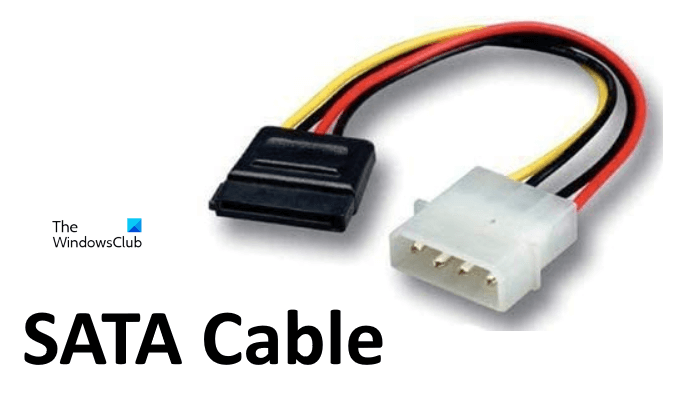
If another SATA cable is available, you can use it to connect your hard disk to your computer and see if it works. If this works, the problem is with your previous SATA cable.
6] Update BIOS and chipset driver
Outdated BIOS and chipset drivers can also cause this problem. Check for BIOS updates. If a BIOS update is available, download it and install it. You can check the latest version of your BIOS and chipset driver on the official website of your computer manufacturer.

While performing this action, you should provide your computer or laptop with a continuous power supply. Interrupting the power supply during this process can cause your motherboard to malfunction.
7] Your hard disk may be failing
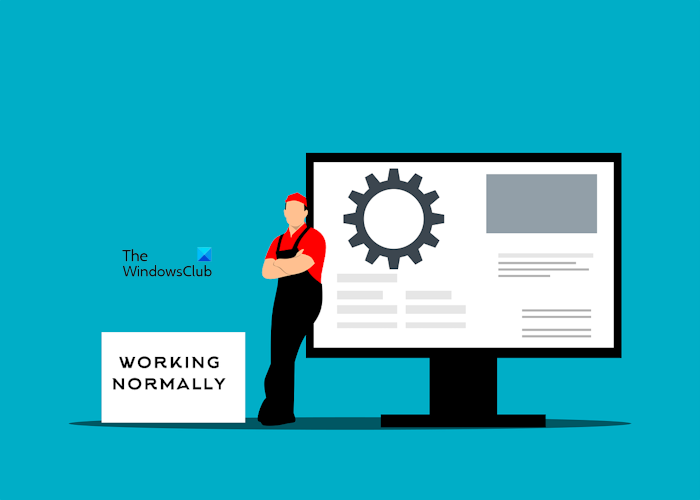
If none of the above solutions fix the issue, your hard disk may be failing. You should take a backup of your hard disk to avoid data loss. Contact the support of your hard disk manufacturer.
That’s it. I hope this helps.
How do I fix my hard drive not showing up when installing Windows 11?
If your hard drive does not show up when installing Windows 11, you cannot proceed with the installation. You can clean the hard drive using the Command Prompt through the Windows Recovery Environment.
How to fix an undetected external hard drive?
If your external hard drive is not detected by your Windows computer, first, try another USB port. If this does not work, you can try reinstalling the hard drive driver, disabling the USB Selective Suspend feature, etc.
Read next: PC won’t boot after upgrading or installing new SSD.